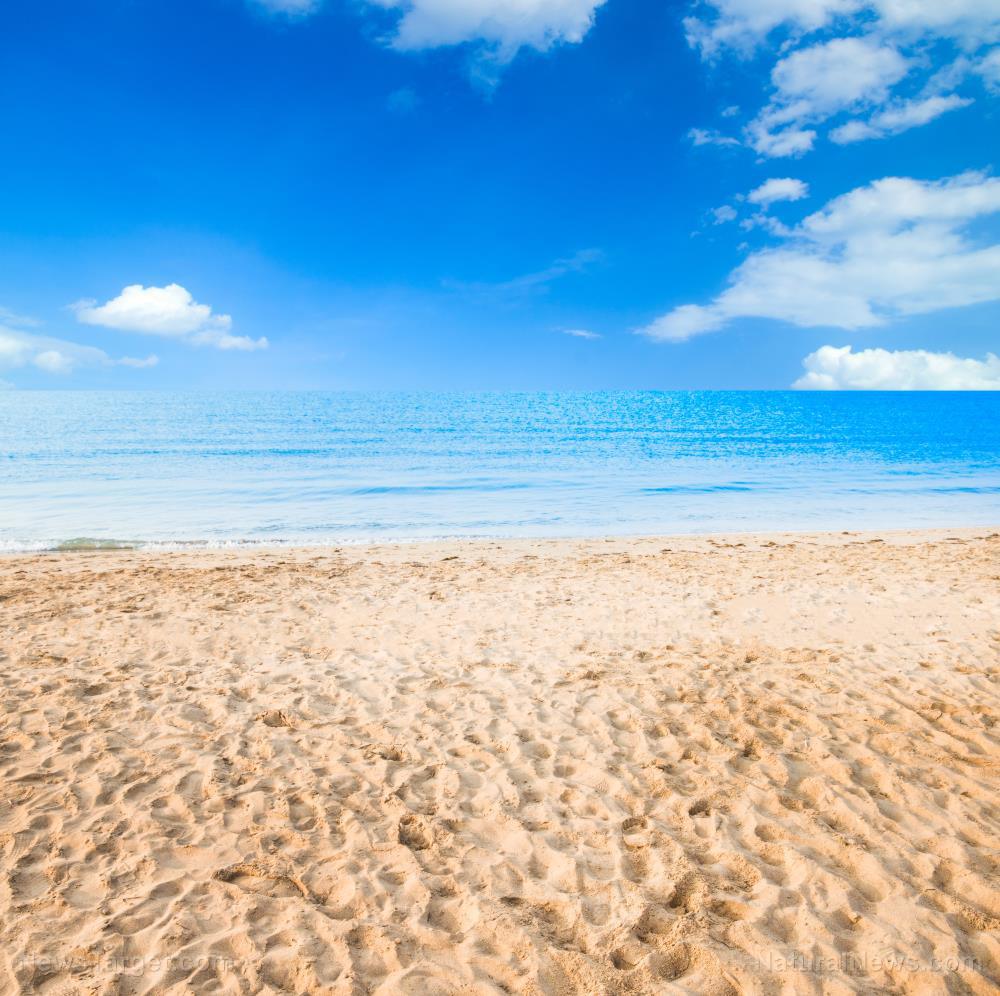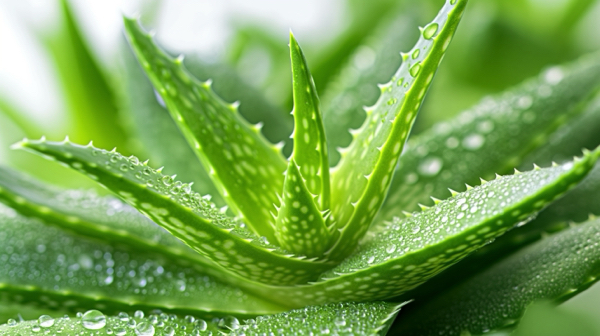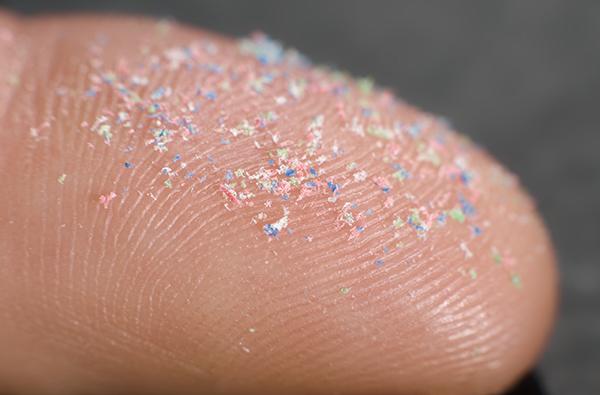
- A mysterious yellow foam at South Australian beaches caused respiratory and eye irritation in over 100 surfers and beachgoers, prompting a multi-agency investigation.
- Dead fish, including protected leafy seadragons, were found alongside the foam at Waitpinga and Parsons beaches, raising environmental concerns.
- Symptoms reported include sore throats, dry coughs, irritated eyes, and blurred vision, with some experiencing issues even outside the water.
- Authorities suspect the foam may be linked to a microalgal bloom, with investigations ongoing to rule out pollutants or diseases as causes.
- Beaches remain closed, and warning signs have been posted as officials assess the health and environmental risks.
A mysterious yellow foam washing up on South Australian beaches has left more than 100 surfers and beachgoers suffering from respiratory and eye irritation, prompting a multi-agency investigation into the potential environmental and health risks.
The foam, accompanied by dead fish and leafy seadragons, appeared at Waitpinga and Parsons beaches within the Newland Head Conservation Park near Victor Harbor over the weekend. Authorities have temporarily closed the beaches as they work to determine the cause of the foam and its impact on marine life and human health.
Surfers report alarming symptoms
Local surfer Anthony Rowland was among the first to raise the alarm after experiencing symptoms while surfing at Waitpinga Beach on Saturday. “We all experienced a sore throat, dry cough, and irritated eyes. Some even reported blurred vision. It lasted 24 hours or so,” Rowland said in a social media post. He noted that the symptoms were not limited to those in the water, as people in the nearby carpark also began coughing and experiencing throat irritation.
Rowland described the scene as unsettling, with yellow foam and dark green tide lines visible on the beach. “I noticed a lot of different species of fish dead on the beach, including a handful of leafy seadragons,” he said. Leafy seadragons, a protected species native to South Australia, are rarely seen washed ashore, raising concerns about the severity of the environmental impact.
Environmental implications and government response
The South Australian government has launched an investigation involving the Department for Environment and Water, the Department of Primary Industries and Regions (PIRSA), the Environment Protection Authority (EPA), and SA Health. Initial findings suggest the foam may be linked to a microalgal bloom, a phenomenon caused by changes in water temperature, light, or rainfall.
“Fish kill events can be brought on by a variety of causes including environmental factors such as temperature, rainfall (or lack of) and water quality including salinity or oxygen levels, or by disease or pollutants,” a PIRSA spokesperson said. The agency is working to rule out infectious diseases and determine the exact cause of the marine deaths.
SA Health Principal Water Quality Adviser David Cunliffe warned that exposure to algae, including in aerosols, can cause allergic-type responses such as respiratory and eye irritation or skin rashes. “These symptoms disappear when the exposure stops or following washing in clean water,” he said.
The incident has left the local surfing community rattled. Rowland, who has lived in the area for nearly four decades, said he had never seen anything like it. “We want answers because this isn’t normal,” he said. “I’ve lived down here since I was three years old, I’m 42 now, never seen this out here at Waitpinga.”
Other beachgoers reported similar symptoms, with some describing a “yellowy” foam and a chemical-like smell in the air. Taryn, a local who visited Waitpinga Beach on Saturday, said her group began coughing within minutes of arriving. “After a couple of hours, I started to move up into the sand dunes because there was obviously something not right,” she said.
As authorities continue their investigation, the beaches remain closed, and warning signs have been posted advising visitors of a “possible health risk from algal bloom.”
The appearance of the mysterious yellow foam and the subsequent illness of over 100 surfers have raised serious questions about the health of South Australia’s coastal waters. With dead fish, including protected species like leafy seadragons, washing ashore, the incident underscores the potential environmental consequences of algal blooms and other marine disturbances.
Sources for this article include:
Please contact us for more information.






















